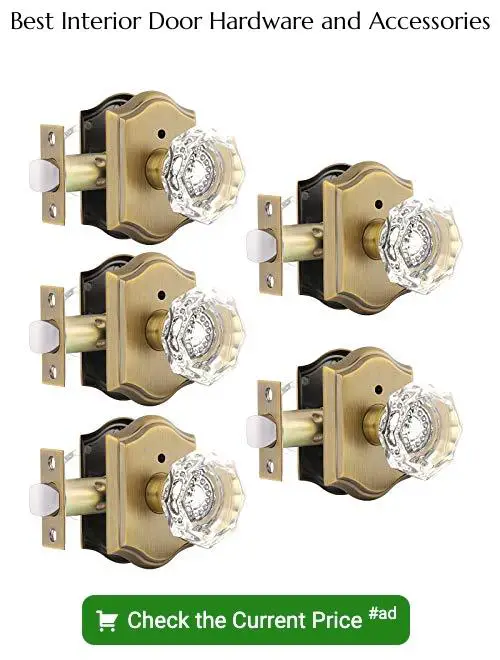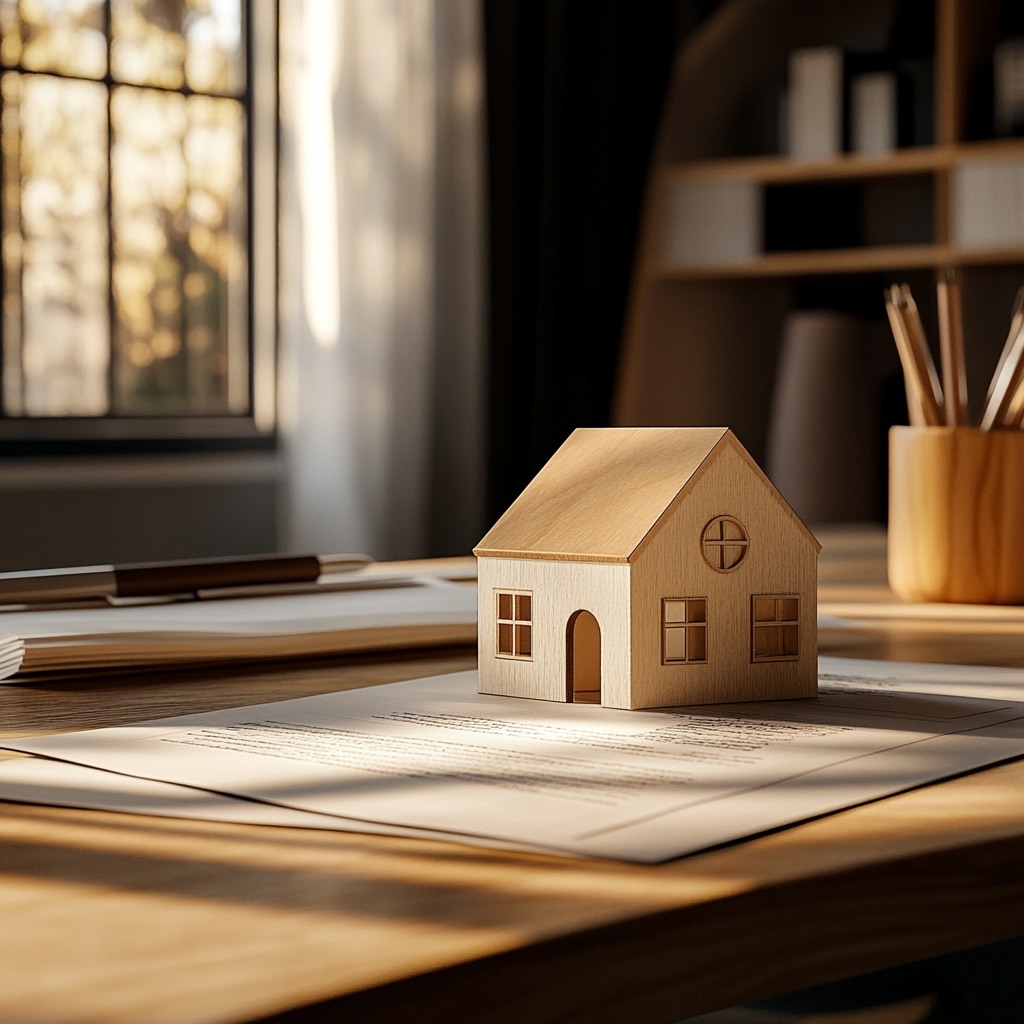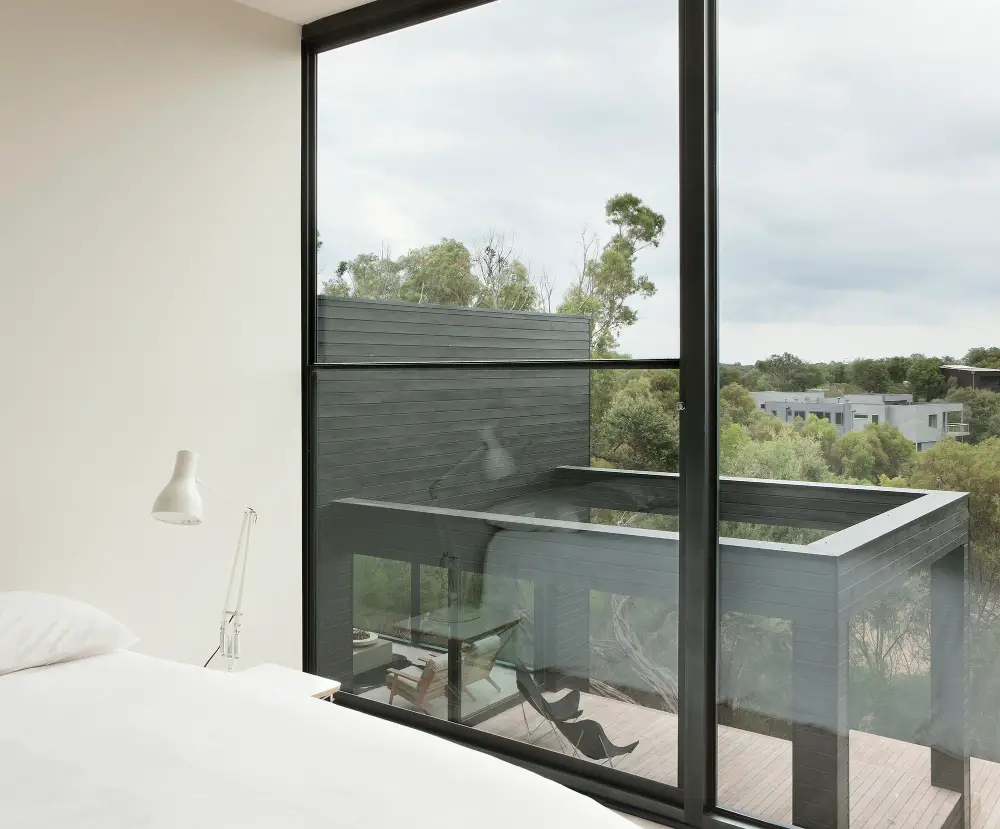Doors are a fundamental aspect of any home or building, providing both functionality and aesthetic appeal. When it comes to choosing doors for interior spaces, one common dilemma many homeowners face is whether to opt for swinging doors or sliding doors.
Each type has its own set of advantages and considerations, making the decision a crucial one in the overall design scheme. In this blog, we’ll explore the differences between swinging doors and sliding doors, examine their pros and cons, and provide guidance to help you determine which option is right for your space.
Swinging Doors
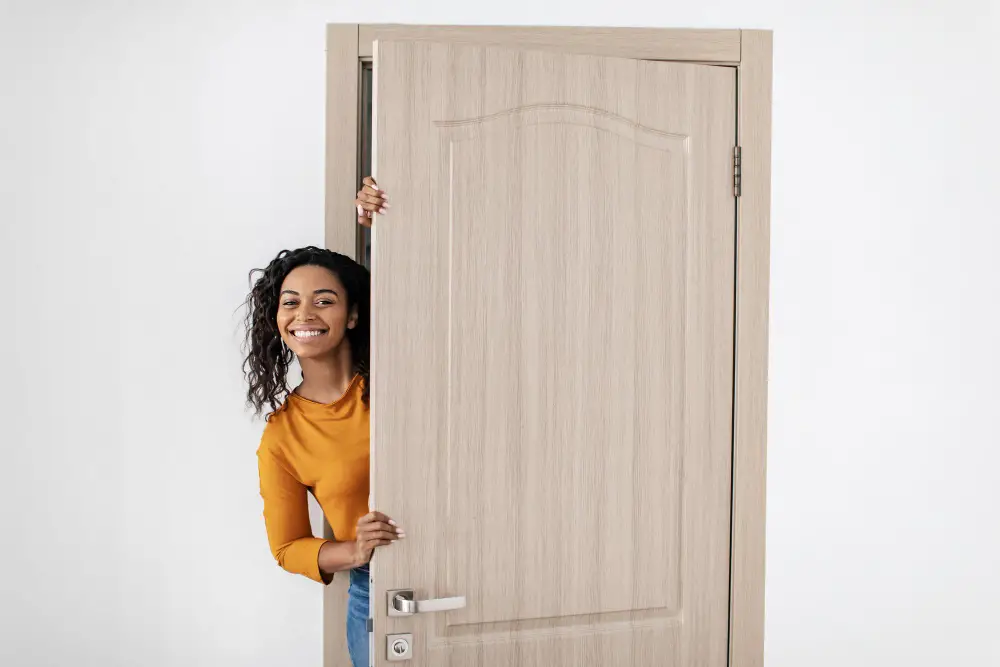
Swinging doors, also known as hinged doors, are perhaps the most traditional and widely used type of interior door. These doors are mounted on hinges attached to the door frame, allowing them to swing open and closed. One of the key advantages of swinging doors is their versatility in terms of design and functionality.
To learn more about swinging doors, explore the diverse range of materials, finishes, and styles available to find the perfect option for your space. The versatility of these doors makes them suitable for virtually any interior aesthetic.
From classic wooden doors to sleek modern designs, swinging doors offer endless possibilities for customization to complement your decor. Additionally, swinging doors are relatively easy to install, requiring minimal hardware and no additional structural modifications to the space.
However, swinging doors also have some drawbacks to consider. One of the main considerations is space utilization. Swinging doors require adequate clearance around the door opening to allow for unhindered movement, which may not be feasible in smaller or more confined spaces.
Additionally, swinging doors can pose accessibility challenges for individuals with mobility issues or those using mobility aids such as wheelchairs or walkers. In such cases, swinging doors may need to be equipped with wider openings or specialized hardware to accommodate accessibility needs. Despite these considerations, swinging doors remain a popular choice for many homeowners due to their timeless appeal and versatility in design.
Sliding Doors
In contrast to swinging doors, sliding doors offer a space-saving alternative that is particularly well-suited for areas with limited space or unconventional layouts. Sliding doors operate by sliding along a track mounted on the wall or ceiling, allowing them to open and close horizontally rather than swinging outward into the room.
One of the primary advantages of sliding doors is their ability to maximize space efficiency. Since sliding doors do not require clearance for swinging, they are ideal for use in smaller rooms or areas where space is at a premium. Additionally, sliding doors can create a seamless transition between indoor and outdoor spaces, making them popular choices for patio or deck entrances.
Despite their space-saving benefits, sliding doors also have some limitations to consider. One potential drawback is their design versatility. While sliding doors are available in a variety of materials and finishes, their design options may be more limited compared to swinging doors.
Additionally, sliding doors require proper maintenance to ensure smooth operation over time. Dust, debris, and wear and tear can affect the functionality of sliding door tracks, leading to difficulty opening and closing the door.
Regular cleaning and lubrication of the tracks are essential to prevent these issues and prolong the lifespan of sliding doors. Overall, sliding doors offer a practical and stylish solution for maximizing space efficiency in interior design.
Factors to Consider
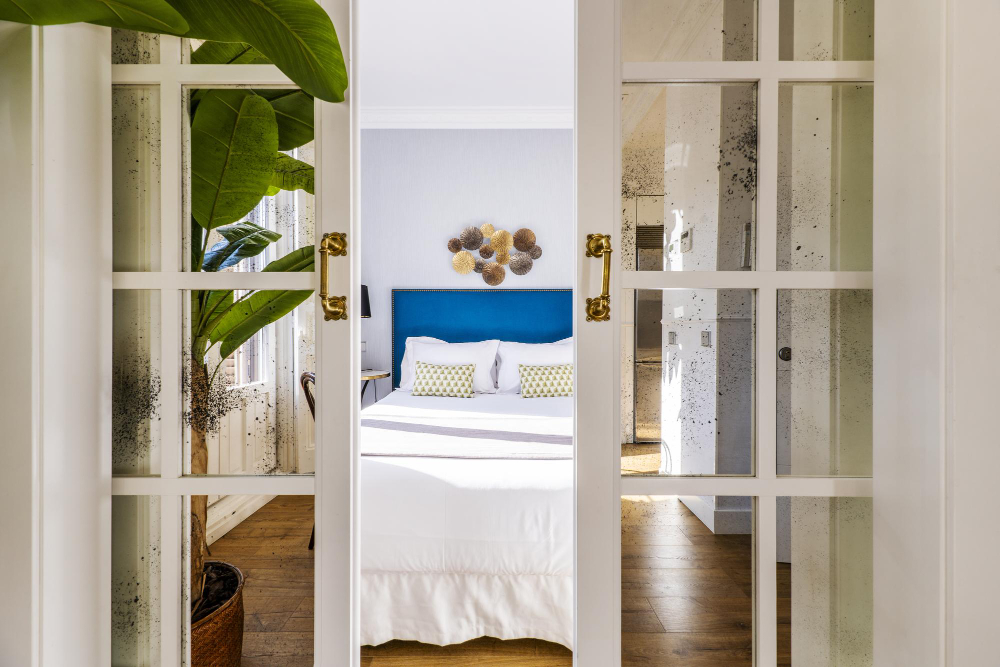
When deciding between swinging doors and sliding doors for your space, there are several important factors to take into account:
- Space Constraints: Assess the available space for door installation and consider whether swinging doors or sliding doors would be more practical given the layout of the room. Swinging doors require clearance for opening and closing, while sliding doors offer a space-saving alternative that may be better suited for smaller or confined spaces.
- Functionality: Think about how the door will be used and the level of privacy or accessibility required for the space. Swinging doors may be preferable for rooms where privacy is a concern, such as bedrooms or bathrooms, while sliding doors are ideal for areas where seamless access and space efficiency are priorities, such as closets or pantry areas.
- Aesthetic Preferences: Consider the overall design style and aesthetic of your space and choose a door type that complements the existing decor. Swinging doors offer a classic and timeless look that can enhance traditional or rustic interiors, while sliding doors provide a modern and sleek alternative that suits contemporary or minimalist design schemes.
- Budget Considerations: Compare the costs associated with swinging doors and sliding doors, including installation, hardware, and maintenance expenses. While swinging doors may be more affordable upfront, sliding doors can offer long-term savings in terms of space efficiency and maintenance costs.
Case Studies
To illustrate the practical application of swinging doors and sliding doors in real-life settings, let’s explore a few case studies:
- Swinging Doors in a Traditional Home: In a classic colonial-style home with spacious rooms and traditional decor, swinging doors are used to create a sense of elegance and sophistication. Solid wood doors with decorative paneling and ornate hardware enhance the timeless charm of the interior, providing privacy and defining separate living spaces while maintaining a cohesive design aesthetic.
- Sliding Doors in a Modern Loft: In a contemporary loft apartment with open-concept living areas and industrial-inspired decor, sliding doors are installed to maximize space efficiency and flexibility. Frosted glass sliding doors with sleek aluminum frames create a seamless transition between rooms, allowing natural light to flow freely while maintaining privacy when needed. The minimalist design of the sliding doors complements the modern aesthetic of the space, adding a touch of functionality and style to the industrial-inspired interior.
The Takeaway
Both swinging doors and sliding doors offer unique advantages and considerations to consider when choosing the right option for your space. By evaluating factors such as space constraints, functionality, aesthetic preferences, and budget considerations, you can make an informed decision that meets your specific needs and enhances the overall design of your home or building.
Whether you opt for the timeless elegance of swinging doors or the space-saving efficiency of sliding doors, the choice ultimately depends on your individual preferences and the unique requirements of your space.
Recap
